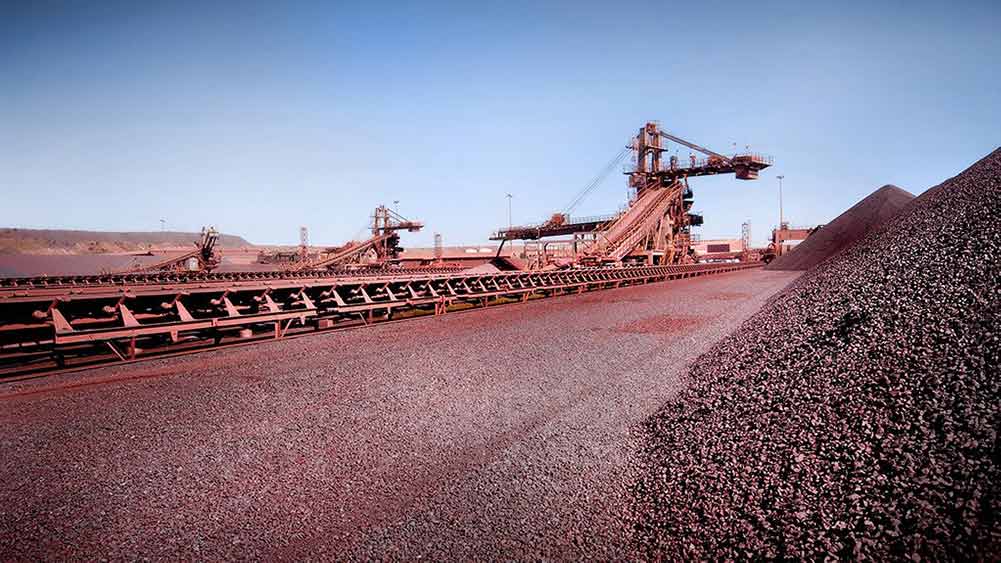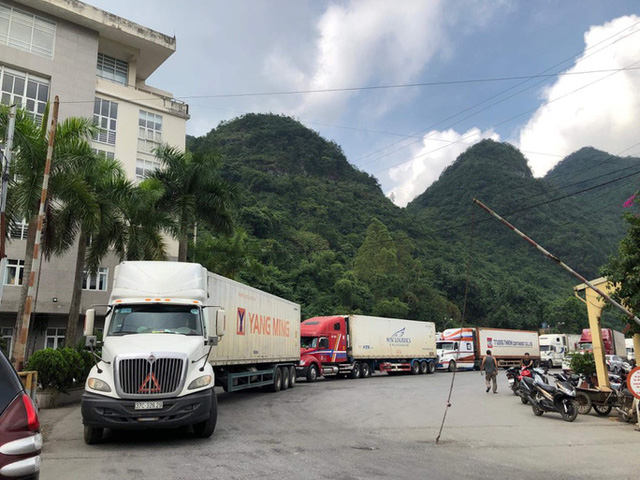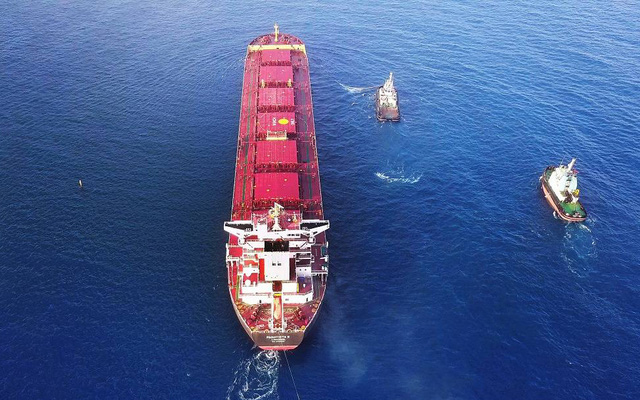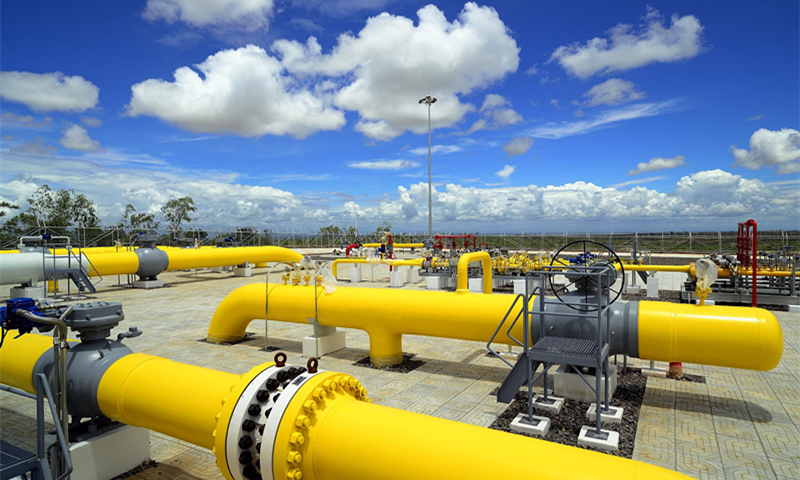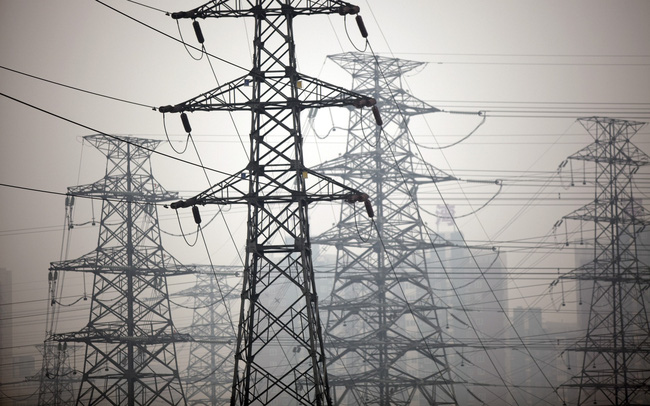In the second half of 2021, oil prices become an important socio-economic topic globally. Oil prices rose as the world experienced a prolonged period of low prices that began in 2014, when prices fell from over $100 a barrel to just $25, caused by a global oil glut. The outlook for the world oil market in 2022 will be affected by many factors.
In 2020, the Covid-19 pandemic caused oil prices to continue to fall due to the plunge in oil demand. But from mid-2021, prices suddenly recovered when demand increased again amid the world’s rapid recovery from the pandemic. In addition, the Organization of the Petroleum Exporting Countries (OPEC) and its allies – known as OPEC + – have agreed to jointly control oil production to both meet demand for recovery and prevent it at the same time. price dropped again.
In 2022, the oil market opens the new year with prices swinging in a wide range of $70-80, with daily peaks and troughs influenced mainly by traders and participants. hedge funds, who act immediately at the slightest sign of change in the oil market with the aim of maximizing opportunities.
However, the change in oil price is forecasted to gradually turn to be dominated by inherent factors – supply and demand. When demand is high, the price will go up, while if there is excess supply, the price will fall.
According to some experts, the following factors are most likely to affect oil prices in 2022:
With the agreement on combating climate change COP29 and the agreement of the members participating in the agreement, oil demand will be affected, thereby affecting production. However, that is a long story. For now, as long as the global economy continues to grow, the prices of major oil products (gasoline, diesel, kerosene, jet fuel) will continue to rise. .
This demand can only be reduced when the above products are significantly replaced by energy conversion technologies, mainly through solutions such as: electric transport systems (roads, railways, roads). air, sea) or other alternatives. Until this transition fully takes place, the world will continue to produce as much oil as the world’s economies need.
Accordingly, most renewable energy (wind, solar, nuclear) goes to the grid to replace coal and natural gas in electricity production, industrial and domestic heating, but has not been significantly replaced. for petroleum.
Over time, electricity from renewable energy will be incorporated into the electrification of transport. Therefore, as long as global economies continue to grow, oil demand will continue to grow and will drive more oil production in 2022 and throughout this decade.
As for the Covid 19 issue, experts generally think that people are now more experienced, equipped and better able to cope with future Covid outbreaks. This optimism, if maintained, will continue to support increased oil demand and drive prices up through 2022 and beyond.
As for supply, we could expect to see surprises as oil production could go one of two ways. Since the 2014 price crash, many oil companies have basically not invested in oil production, as they are already very cautious in investing because the world is in the process of transitioning from energy to energy. petroleum to new renewable technology soybeans. If this transition is slow and oil demand continues to grow, oil shortages are likely.
However, it is expected that there will be some oil-producing countries with enough spare production capacity to cover the supply shortfalls of private investors. Analysts also think that US shale oil producers will increase production and output as long as prices remain high.
In addition, there is a prospect that oil production from Iran will recover if the ongoing negotiations on the nuclear treaty end positively. The increased oil supply could also come from resurgent production from OPEC members Venezuela and Libya. More oil is expected to come from new fields off Guyana under a consortium led by ExxonMobil. Currently, these fields are providing the maximum amount of oil.
Therefore, in 2022 as well as in the short and medium term future, supply and demand will increase enough to meet the increasing net oil demand for petroleum products after considering the consumption demand due to electricity. transportation gasification.
Responsible production competition among oil-producing countries will ensure that prices are protected above $70 by avoiding price-damaging oversupply. They are also likely to ensure that prices do not exceed $80 as this would weaken global economies while destroying oil demand.
Not to mention the possibility that analysts could be psychologically disturbed by geopolitical/economic instability, even a ‘stubborn’ type of COVID-19 that refuses to change itself.
As for the speculators, as always, the speculators will continue to generate panic scenarios leading to a short-term price change, although there is no sign of a shortage anywhere around the world. There is no shortage of real oil products around the world.
Reference: Businessdailyafrica
T&G International Joint Stock Company
Address: 352 Hue Street, Le Dai Hanh Ward, Hai Ba Trung District, Hanoi
Hotline: 0345786803
Email: hrm@tginterjsc.com
Website: http://tginternationaljsc.com



